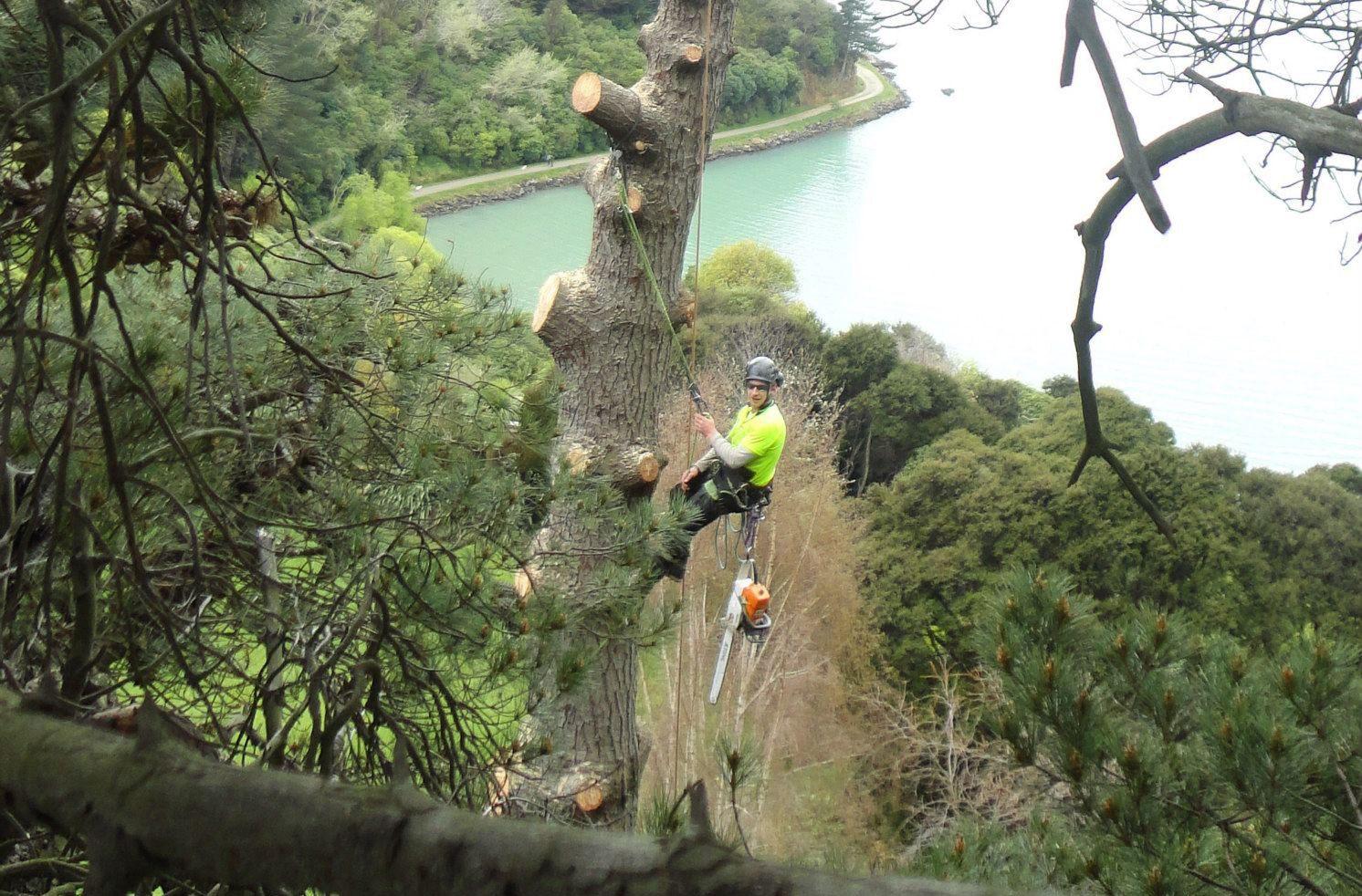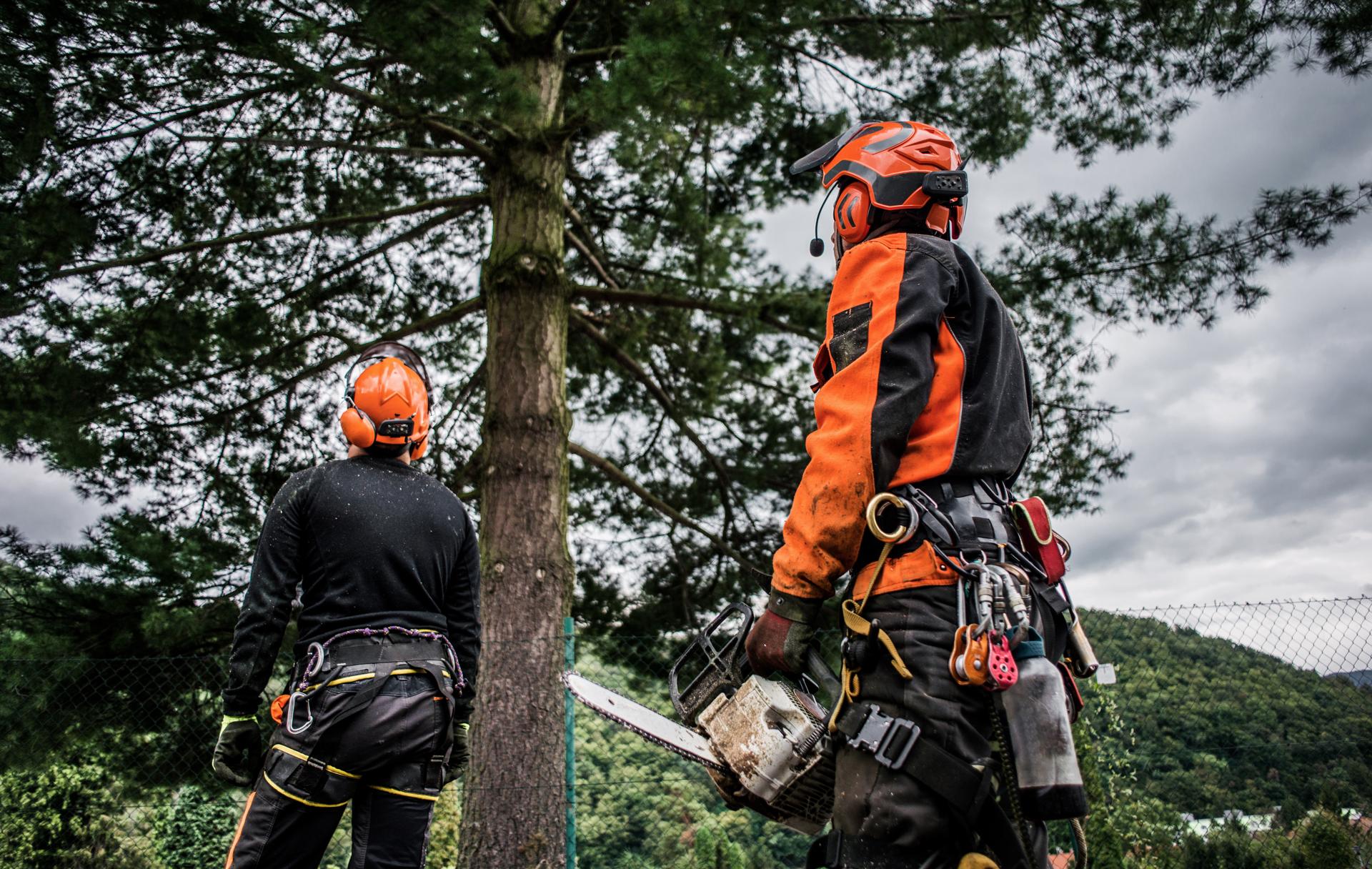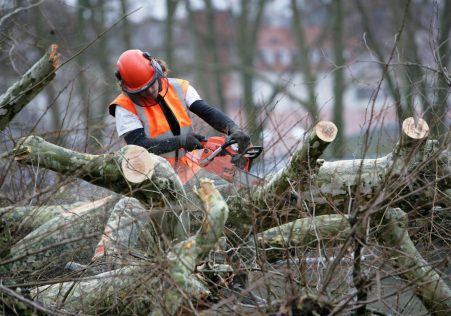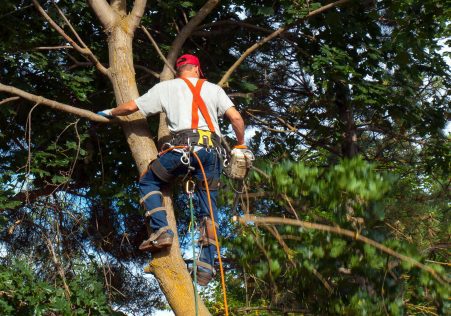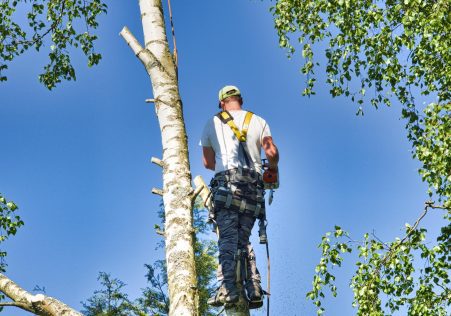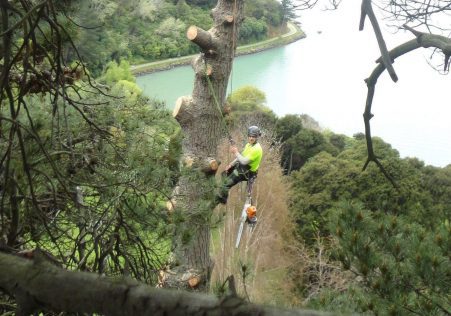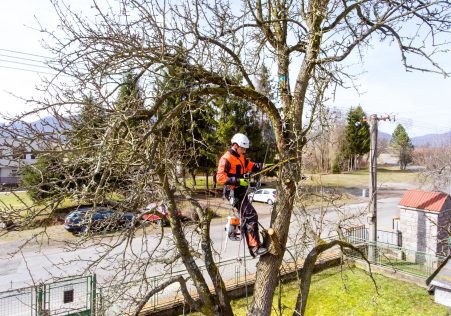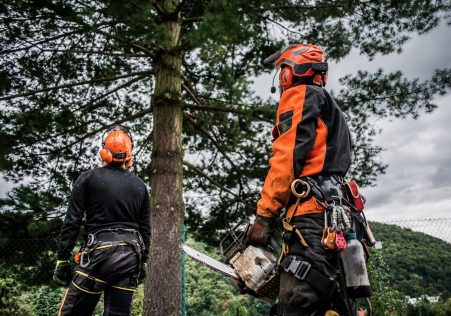How to Determine the extent of protection a tree has Prior to removing it
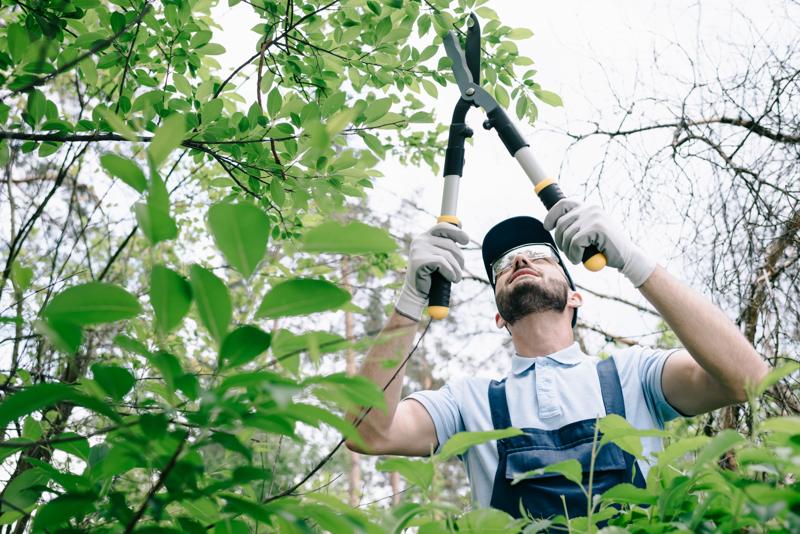
Trees play a crucial part in the environment, providing shade, clean air and aesthetic value to our surroundings. However, not all trees are alike and some have an additional status of protection, making it illegal to do any activity without authorization. If you’re considering having a tree removed, it’s essential to understand the protection status of the tree in question and what steps you’ll need to follow to be in compliance with the laws. In this article, we’ll help you understand the process of discovering whether trees are safe and exactly what steps you need to do to ensure that you are acting within the law.
What is a protected tree?
A protected tree is one that has been subjected to certain laws and regulations, and it’s illegal to work on such a tree without obtaining the necessary permissions. There are two kinds of protection a tree might have: preservation orders and protection orders.
Legal protection
As a matter of legal protection trees are protected by the law, and they are in the hands of Tree Preservation Orders (TPOs). TPOs are enacted by local authorities to safeguard trees of significant value to the public and to ensure that they do not get destroyed or damaged.
Preservation orders
Preservation orders are like TPOs in that they are set up by the Secretary of State for the Environment. Preservation orders for trees are considered to be of exceptional worth and are therefore protected from any work, including cutting down.
How do I know if a tree is protected?
To determine whether trees are protected, you will need to determine if the tree is under a TPO or preservation order. This can be done by contacting the authorities in your area and asking them check for records.
TPO search
To search for the TPO You can reach an Tree and Woodland officer at the local authority. They will inform you if the tree is protected. They will also be able advise you on the next steps to follow if the tree is protected.
Preservation order search
In order to search for a preservation order, you’ll need to call the Secretary of State for the Environment. They will inform you whether the tree is in the protected zone and give you the required information and guidelines.
FAQs:
What happens if I conduct work on a tree that is protected without permission?
If you do work on a protected tree without the proper authorizations, you could be subject to significant fines, and possibly even jail time.
Can I contest to a TPO and/or preservation order?
You can appeal an appeal of a TPO or preservation decision if you feel it is unjustified. You will have be able to present evidence to back your argument and demonstrate why the TPO or preservation order isn’t needed.
Can I cut down a tree that is protected tree?
It is against the law to remove trees that are protected without the necessary permissions. If you require removal of the tree, you will need to request permission and submit proof to back your claim.
Conclusion
In conclusion, discovering whether a tree is protected is a vital step in ensuring that any tree work carried out legally. If you know the various types of protection, and knowing how to identify them to ensure you are acting within the law and are protecting the trees that you are responsible for. If you’re not sure about the status of protection for the tree you are in charge of, we suggest consulting an expert in tree care like Hawkesbury Tree Cutting. Our team of experienced arborists will be able to advise you on the protection status of your trees, and will guide you through the steps to make sure you’re acting within the laws. With our knowledge and dedication to provide high-quality tree services We can assist you to maintain the beauty and worth of your trees. Contact us now by phone at 0480 024 203 to schedule a consultation, and let us help you keep your trees safe and healthy.

